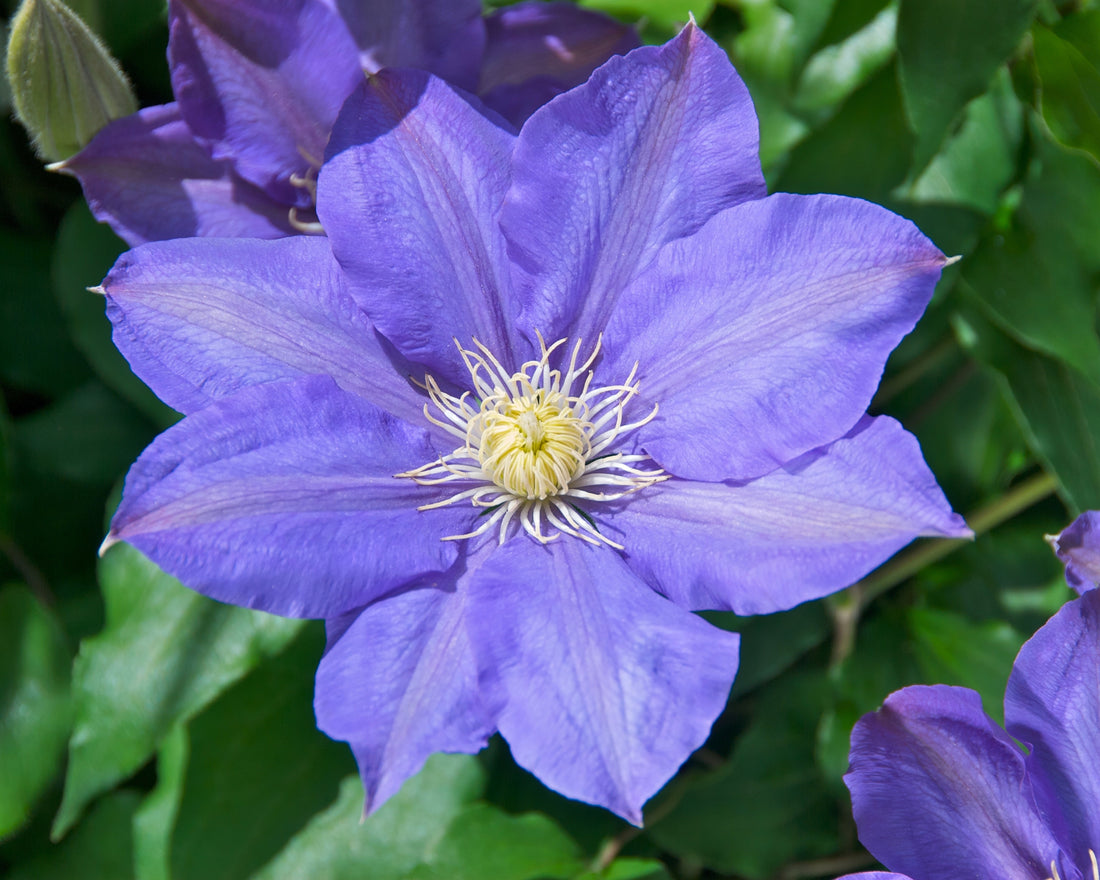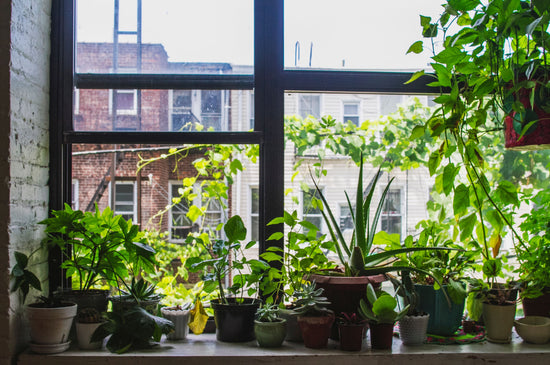Clematis: How to Prune
Pruning is a vital aspect of clematis care, ensuring these stunning climbers maintain their health, produce abundant clematis flowers, and stay well-shaped for years. While clematis vines are resilient, improper pruning can affect their blooming cycles. Understanding how and when to prune clematis plants based on their pruning group is key to achieving a garden filled with vibrant blooms.

Why Is Pruning Clematis Important?
- Encourages Flowering: Pruning stimulates new growth, ensuring a robust display of clematis flowers year after year.
- Prevents Overcrowding: Regular pruning prevents tangled, unmanageable growth, allowing better airflow and reducing the risk of disease.
- Shapes the Plant: Pruning helps clematis vines conform to their support structures, maintaining a neat and tidy appearance.

Understanding Clematis Pruning Groups
Clematis plants are categorized into three pruning groups based on their bloom times and growth habits. Identifying your clematis plant’s group is the first step to proper pruning.
1. Group 1: Spring-Flowering Clematis
- Examples: Clematis montana, Clematis alpina.
- Bloom Time: Early spring, on old wood (growth from the previous year).
-
How to Prune:
- Prune lightly after flowering to shape the plant and remove weak or dead stems.
- Avoid heavy pruning, as this will remove flower buds for the next season.
2. Group 2: Large-Flowered or Repeat Bloomers
- Examples: Clematis ‘Nelly Moser,’ Clematis ‘The President.’
- Bloom Time: Late spring/early summer on old wood, with a second flush of flowers in late summer on new wood.
-
How to Prune:
- In early spring, remove dead or damaged stems and prune lightly to encourage healthy growth.
- After the first flush of flowers, deadhead spent blooms to promote a second flowering cycle.
3. Group 3: Late-Summer and Fall Bloomers
- Examples: Clematis ‘Jackmanii,’ Clematis texensis hybrids.
- Bloom Time: Late summer to early fall, on new wood (growth from the current season).
-
How to Prune:
- Cut back all stems to 12–18 inches above the ground in late fall or early spring.
- This drastic pruning encourages strong, new growth and prolific flowering.
How to Prune Clematis: Step-by-Step Guide
-
Gather Tools
- Use sharp, sterilized pruning shears to ensure clean cuts and reduce the risk of infection.
-
Remove Dead and Weak Growth
- Start by cutting away any dead, damaged, or weak stems to improve the plant's overall health.
-
Prune According to Group
- Follow the specific guidelines for your clematis pruning group to avoid cutting off flower-producing wood.
-
Train New Growth
- After pruning, gently guide the remaining stems onto the support structure to encourage upward growth.
What Happens If You Don’t Prune Clematis?
Neglecting to prune clematis vines can lead to:
- Tangled Growth: Over time, the plant may become overcrowded, reducing airflow and increasing the risk of fungal diseases.
- Reduced Flowering: Without pruning, clematis plants may produce fewer flowers, as old wood becomes less productive.
- Unruly Appearance: Unpruned clematis vines can grow out of control, detracting from their visual appeal.
For clematis varieties suited to different pruning groups, check out our Clematis Collection.
FAQ: Clematis How to Prune
Q: How can I identify my clematis pruning group?
A: Check the plant’s tag, consult the nursery where you purchased it, or research the variety in our Clematis Collection.
Q: Is it okay to prune clematis vines in summer?
A: Summer pruning is typically for deadheading or shaping. Avoid heavy pruning during this time, as it may remove flower buds.
Q: What if I accidentally prune at the wrong time?
A: The plant will recover, but you may sacrifice blooms for the season. Adjust your pruning schedule the following year.





